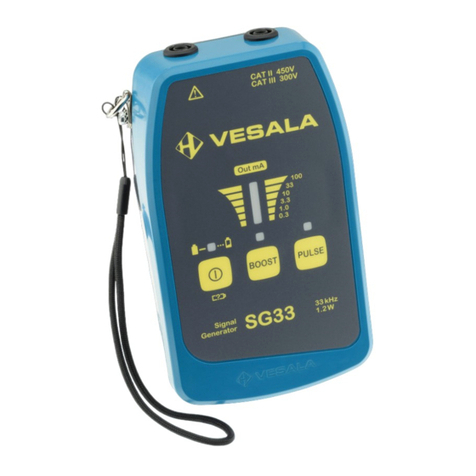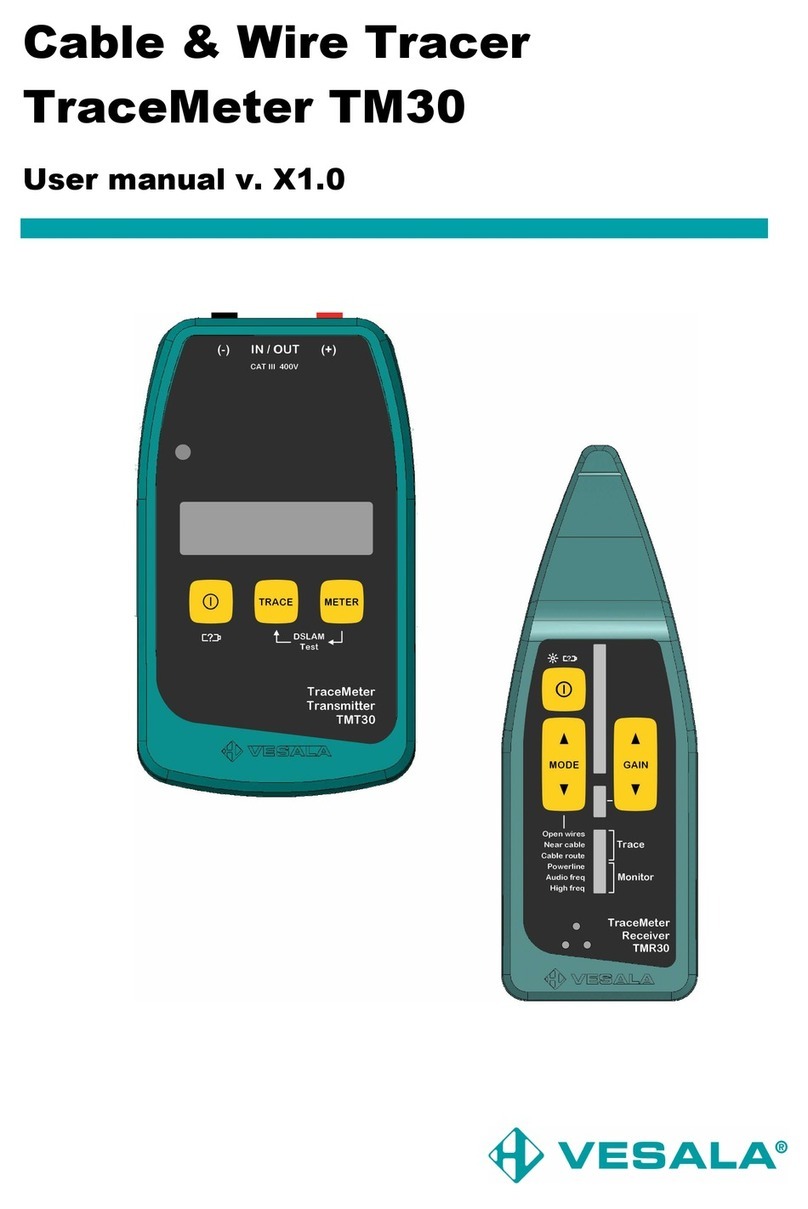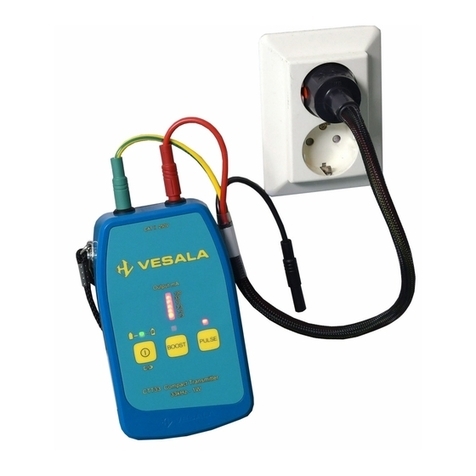
User Manual Vesala CL43 X2.1 ENG
2 (28)
Table of contents
1
Safety notes ................................................................................................................................................................................... 3
2
General description ..................................................................................................................................................................... 5
2.1
Intended use ........................................................................................................................................................................ 5
2.2
Specifications ...................................................................................................................................................................... 5
2.3
Package contents ............................................................................................................................................................... 9
2.4
Removing and inserting batteries .............................................................................................................................. 10
2.5
Inserting and removing antennas .............................................................................................................................. 11
2.6
CL43 parts and functions............................................................................................................................................... 12
3
Operating CL43 Compact Locator........................................................................................................................................ 13
3.1
Using antennas ................................................................................................................................................................. 13
3.2
Locating ducts with a sonde ........................................................................................................................................ 14
3.3
Using signal generators ................................................................................................................................................. 17
3.4
Locating buried cables ................................................................................................................................................... 18
3.5
Locating cables and wires at a short distance ........................................................................................................ 19
3.6
Locating cable faults ....................................................................................................................................................... 20
3.7
Identifying circuit breakers, switches and fuses in low voltage network ..................................................... 21
3.8
Locating and identifying open ends of wires ......................................................................................................... 22
4
Taking care of your equipment ............................................................................................................................................. 23
4.1
Storing ................................................................................................................................................................................. 23
4.2
Cleaning .............................................................................................................................................................................. 23
4.3
Troubleshooting ............................................................................................................................................................... 24
4.4
Maintenance ...................................................................................................................................................................... 26
4.5
Modifying and misuse .................................................................................................................................................... 27
4.6
Warranty.............................................................................................................................................................................. 27
4.7
Disposal ............................................................................................................................................................................... 27
5
Supplier contact information ................................................................................................................................................. 28
6
Declaration on conformity ...................................................................................................................................................... 28






























